- Plant IDs
- >
- ID By Type
- >
- Trees
- >
- Evergreen Trees
- >
- Conifers
The Pinophyta, also known as Coniferophyta or Coniferae, or commonly as conifers, are a division of vascular land plants containing a single extant class, Pinopsida. They are gymnosperms, cone-bearing seed plants. All extant conifers are perennial woody plants with secondary growth. The great majority are trees, though a few are shrubs. Examples include cedars, Douglas firs, cypresses, firs, junipers, kauri, larches, pines, hemlocks, redwoods, spruces, and yews.[1] As of 1998, the division Pinophyta was estimated to contain eight families, 68 genera, and 629 living species.[citation needed][2]
Although the total number of species is relatively small, conifers are ecologically important. They are the dominant plants over large areas of land, most notably the taiga of the Northern Hemisphere,[1] but also in similar cool climates in mountains further south. Boreal conifers have many wintertime adaptations. The narrow conical shape of northern conifers, and their downward-drooping limbs, help them shed snow. Many of them seasonally alter their biochemistry to make them more resistant to freezing. While tropical rainforests have more biodiversity and turnover, the immense conifer forests of the world represent the largest terrestrial carbon sink. Conifers are of great economic value for softwood lumber and paper production. More on Wikipedia.
Although the total number of species is relatively small, conifers are ecologically important. They are the dominant plants over large areas of land, most notably the taiga of the Northern Hemisphere,[1] but also in similar cool climates in mountains further south. Boreal conifers have many wintertime adaptations. The narrow conical shape of northern conifers, and their downward-drooping limbs, help them shed snow. Many of them seasonally alter their biochemistry to make them more resistant to freezing. While tropical rainforests have more biodiversity and turnover, the immense conifer forests of the world represent the largest terrestrial carbon sink. Conifers are of great economic value for softwood lumber and paper production. More on Wikipedia.
Erica's Original Notes
Until the arrival of conifers, or gymnosperms, spore-bearing plants had been colonizing the earth. While this method worked and is still working for some plants, as with many new inventions, the new seed-bearing plants, freed of the necessity of water for reproduction, had advantages over the spore-bearers.
History of Plant Development:
Paleozoic Era: 'Paleozoic' means 'ancient life'. It is difficult to think of the world without flowers, but in this era there were forests of giant spore-bearing trees, ferns, horsetails, rushes and mosses, creating an 'Alice in Wonderland' effect!
Mesozoic Era: 'Mesozoic' means 'middle life'. Here we find ancestors of the seed bearing conifers, tree ferns, cycads, seed bearing ferns, AND reptiles! We see the beginning of flowers and warm-blooded animals, mice, monkeys, camels and horses no larger than a cat!
Cenozoic Era: 'Cenozoic' means 'new life'. At this time there is much change: mountains rise up; insects are now on earth; parallel veining of leaves appears; net veining has already arrived; also grasses, lilies, bananas, orchids. The Golden Age of Flowers has come!
Gymno means 'naked', as the seed of conifers is unprotected (see Seeds). Pollen containing sperm is the freeing agent, as it no longer has to swim to the egg, thus allowing for land-based growth.
Cones, otherwise known as 'strobili', are either male or female; the former are small, short lived and are usually found on lower branches (in order to avoid self-pollination); in colour they may be pink, purple or yellow, depending on the species. Enormous amounts of pollen are shed when they are ripe. Pollen drifts on the air, covering steps and paths, thanks to ever-generous Nature wishing to ensure the continuation of the species! The female cones have a delicate spiral arrangement of scales, each containing two ovules that become fertilized after the sperm has landed and been drawn in by the evaporation of the liquid on the scale.
Cycads are a link between ferns and conifers. They have male and female plants (dioecious) and show their 'past' by the fact that the pollen grain contains, not the mere nucleus, but instead a pair of huge swimming sperm covered with flagella that act like oars!
Conifers in our Garden [not part of Erica's original book]:
Calocedrus decurrens: The incense cedar is native to dry areas along the Pacific Coast. When crushed, its foliage smells a bit like shoe polish. The wood is often used for making pencils.
Cedrus: C. deodara, the deodar cedar, is native to Asia. A beautiful specimen is found by the red Mexican sculpture in the Great Lawn. C. libani, native to the eastern Mediterranean, is an important symbol for Lebanon. More about Cedrus.
Cryptomeria japonica ‘Cristata’: The christate japanese cedar growing near the restaurant has fused branches resembling cockscombs. This is the result of a mutation known as fasciation.
Larix: The larches, unusually, are deciduous conifers. L. occidentalis, the western larch, is native to southeastern BC. L. laricina, the eastern larch, or tamarack, has bright yellow leaves in autumn. L. kaempferi, the Japanese larch or karamatsu, can be found, appropriately, in our Japanese Bed.
Metasequoia glyptostroboides: The dawn redwood was originally thought to be extinct, but a small stand of the trees was discovered in China during World War II and later propagated in the West. It is one of three species called redwoods (the other two are the giant sequoia and the coast redwood listed below), and it is the only deciduous one.
Picea: The spruce tree genus. Picea chihuahuana, the Chihuahuan spruce, highlights our conifer collection. Its bluish needles are very sharp. Picea omorika, the Serbian spruce, grows tall to shed snow.
Pinus: Most pines are native to the Northern Hemisphere. In our Garden we have several species. P. coulteri, Coulter's pine, has the heaviest cones of any pine species. P. contorta var. contorta, the shore pine, is closely related to P. contorta var. latifolia, the lodgepole pine. The bristlecone, or ancient, pine, P. longaeva, is the world's oldest living tree. P. wallichiana, the elegant Himalayan pine, grows across from the Heritage Rose Garden.
Pseudotsuga menziesii: Douglas-fir
Sequoia sempervirens: The coast redwood is native to the coastal areas of northern California and southern Oregon.
Sequoiadendron giganteum: The giant sequoia, also called the giant redwood, is the largest living tree on earth. Our grove was planted in the early 1970s, but many visitors think the trees have been there for hundreds of years, given their size. A weeping variety, S. giganteum 'Pendulum', can be found in the Alpine Garden.
Taiwania cryptomerioides: The wood of the Taiwan coffin tree was traditionally used for coffins.
Taxodium distichum: The bald cypress is deciduous, a relatively rare trait for a conifer. Its delicate needles change colour before being shed in the winter, leaving the tree 'bald' until spring.
Tsuga: The common name of this genus is 'hemlock', as the crushed foliage smells similar to the weed called 'poison hemlock'. In our Garden, we have specimens of T. mertensiana, the mountain hemlock, and T. heterophylla, the western hemlock which is the state tree of Washington. It can be easily identified by its drooping leader and requires rotting conifers to establish its seedlings.
Xanthocyparis nootkatensis ‘Pendula': The weeping Nootka cypress, formerly Chamaecyparis nootkatensis ‘Pendula’, has bounced between several genera.
See also Cupressaceae and Native Trees.
Useful Links
Erica's Original Notes
Until the arrival of conifers, or gymnosperms, spore-bearing plants had been colonizing the earth. While this method worked and is still working for some plants, as with many new inventions, the new seed-bearing plants, freed of the necessity of water for reproduction, had advantages over the spore-bearers.
History of Plant Development:
Paleozoic Era: 'Paleozoic' means 'ancient life'. It is difficult to think of the world without flowers, but in this era there were forests of giant spore-bearing trees, ferns, horsetails, rushes and mosses, creating an 'Alice in Wonderland' effect!
Mesozoic Era: 'Mesozoic' means 'middle life'. Here we find ancestors of the seed bearing conifers, tree ferns, cycads, seed bearing ferns, AND reptiles! We see the beginning of flowers and warm-blooded animals, mice, monkeys, camels and horses no larger than a cat!
Cenozoic Era: 'Cenozoic' means 'new life'. At this time there is much change: mountains rise up; insects are now on earth; parallel veining of leaves appears; net veining has already arrived; also grasses, lilies, bananas, orchids. The Golden Age of Flowers has come!
Gymno means 'naked', as the seed of conifers is unprotected (see Seeds). Pollen containing sperm is the freeing agent, as it no longer has to swim to the egg, thus allowing for land-based growth.
Cones, otherwise known as 'strobili', are either male or female; the former are small, short lived and are usually found on lower branches (in order to avoid self-pollination); in colour they may be pink, purple or yellow, depending on the species. Enormous amounts of pollen are shed when they are ripe. Pollen drifts on the air, covering steps and paths, thanks to ever-generous Nature wishing to ensure the continuation of the species! The female cones have a delicate spiral arrangement of scales, each containing two ovules that become fertilized after the sperm has landed and been drawn in by the evaporation of the liquid on the scale.
Cycads are a link between ferns and conifers. They have male and female plants (dioecious) and show their 'past' by the fact that the pollen grain contains, not the mere nucleus, but instead a pair of huge swimming sperm covered with flagella that act like oars!
Conifers in our Garden [not part of Erica's original book]:
Calocedrus decurrens: The incense cedar is native to dry areas along the Pacific Coast. When crushed, its foliage smells a bit like shoe polish. The wood is often used for making pencils.
Cedrus: C. deodara, the deodar cedar, is native to Asia. A beautiful specimen is found by the red Mexican sculpture in the Great Lawn. C. libani, native to the eastern Mediterranean, is an important symbol for Lebanon. More about Cedrus.
Cryptomeria japonica ‘Cristata’: The christate japanese cedar growing near the restaurant has fused branches resembling cockscombs. This is the result of a mutation known as fasciation.
Larix: The larches, unusually, are deciduous conifers. L. occidentalis, the western larch, is native to southeastern BC. L. laricina, the eastern larch, or tamarack, has bright yellow leaves in autumn. L. kaempferi, the Japanese larch or karamatsu, can be found, appropriately, in our Japanese Bed.
Metasequoia glyptostroboides: The dawn redwood was originally thought to be extinct, but a small stand of the trees was discovered in China during World War II and later propagated in the West. It is one of three species called redwoods (the other two are the giant sequoia and the coast redwood listed below), and it is the only deciduous one.
Picea: The spruce tree genus. Picea chihuahuana, the Chihuahuan spruce, highlights our conifer collection. Its bluish needles are very sharp. Picea omorika, the Serbian spruce, grows tall to shed snow.
Pinus: Most pines are native to the Northern Hemisphere. In our Garden we have several species. P. coulteri, Coulter's pine, has the heaviest cones of any pine species. P. contorta var. contorta, the shore pine, is closely related to P. contorta var. latifolia, the lodgepole pine. The bristlecone, or ancient, pine, P. longaeva, is the world's oldest living tree. P. wallichiana, the elegant Himalayan pine, grows across from the Heritage Rose Garden.
Pseudotsuga menziesii: Douglas-fir
Sequoia sempervirens: The coast redwood is native to the coastal areas of northern California and southern Oregon.
Sequoiadendron giganteum: The giant sequoia, also called the giant redwood, is the largest living tree on earth. Our grove was planted in the early 1970s, but many visitors think the trees have been there for hundreds of years, given their size. A weeping variety, S. giganteum 'Pendulum', can be found in the Alpine Garden.
Taiwania cryptomerioides: The wood of the Taiwan coffin tree was traditionally used for coffins.
Taxodium distichum: The bald cypress is deciduous, a relatively rare trait for a conifer. Its delicate needles change colour before being shed in the winter, leaving the tree 'bald' until spring.
Tsuga: The common name of this genus is 'hemlock', as the crushed foliage smells similar to the weed called 'poison hemlock'. In our Garden, we have specimens of T. mertensiana, the mountain hemlock, and T. heterophylla, the western hemlock which is the state tree of Washington. It can be easily identified by its drooping leader and requires rotting conifers to establish its seedlings.
Xanthocyparis nootkatensis ‘Pendula': The weeping Nootka cypress, formerly Chamaecyparis nootkatensis ‘Pendula’, has bounced between several genera.
See also Cupressaceae and Native Trees.
Useful Links
- Coniferophyta Division [this updated Division replaces the Division listing in Erica's original notes]
- How to identify North American conifers
- Five things you didn't know about Christmas trees
Conifers
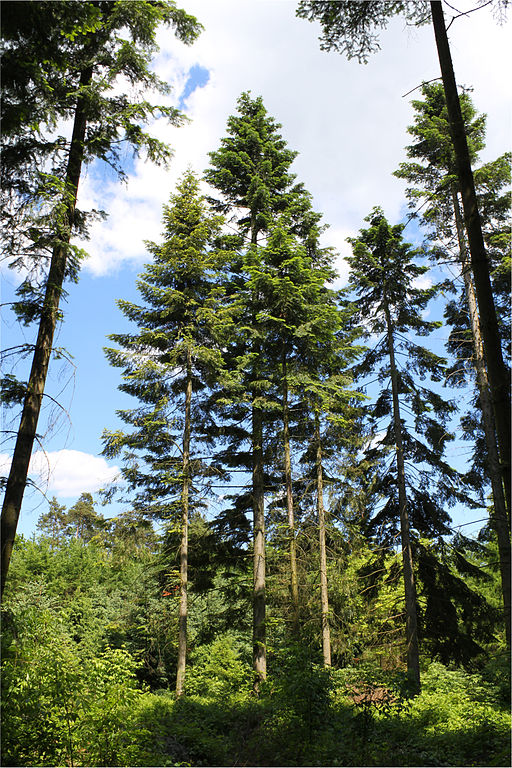
Abies grandis
CA$0.00
CA$0.00

Abies homolepis
CA$0.00
CA$0.00
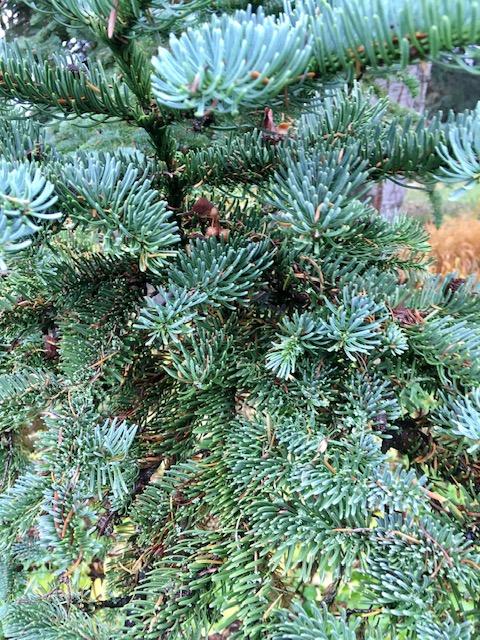
Abies procera
CA$0.00
CA$0.00
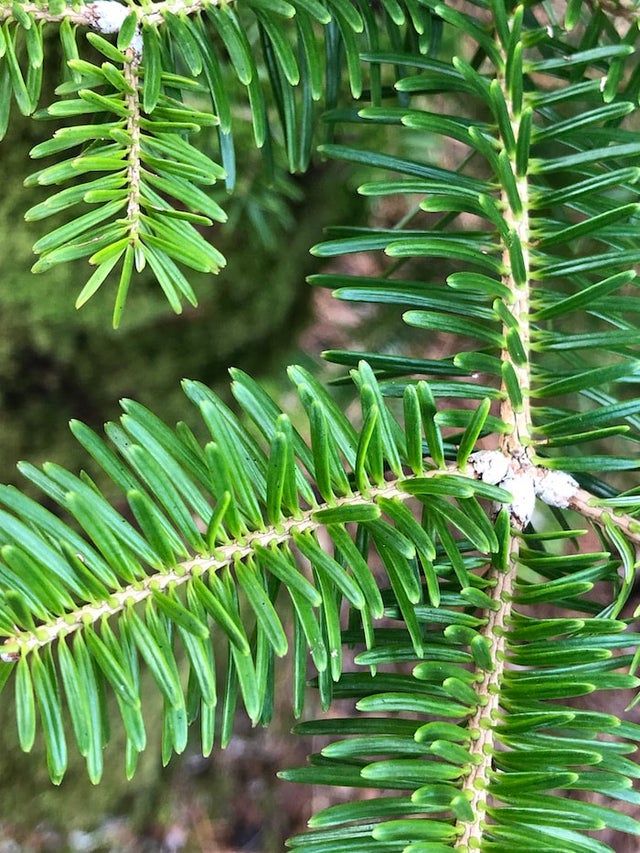
Abies veitchii
CA$0.00
CA$0.00
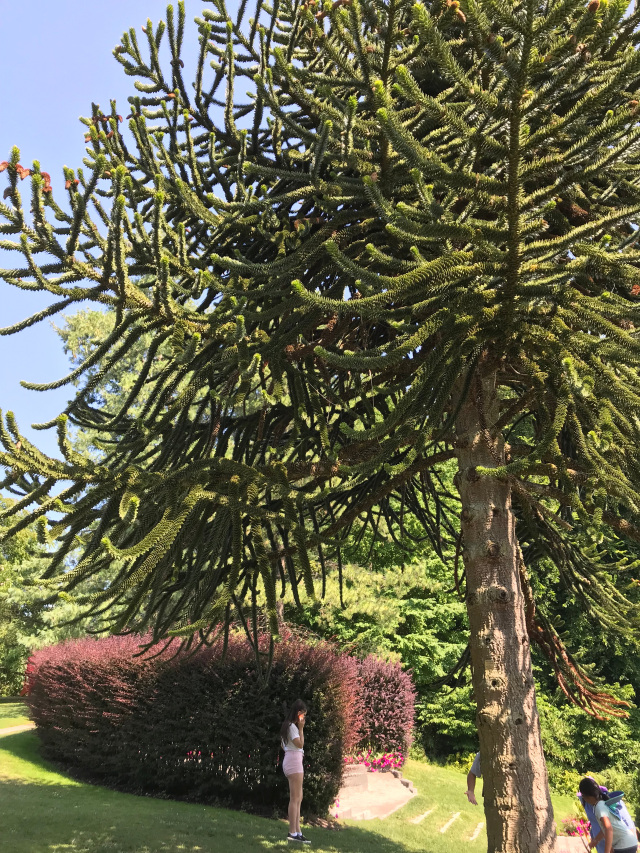
Araucaria araucana
CA$0.00
CA$0.00
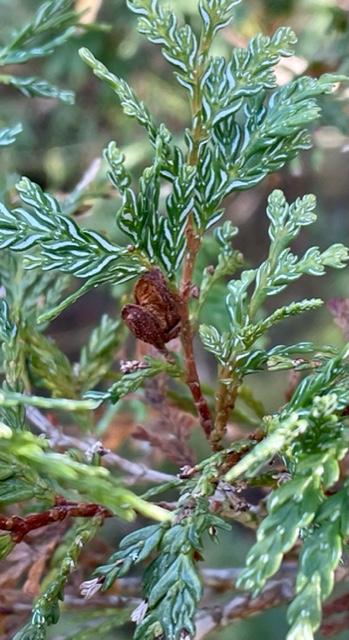
Austrocedrus chilensis
CA$0.00
CA$0.00
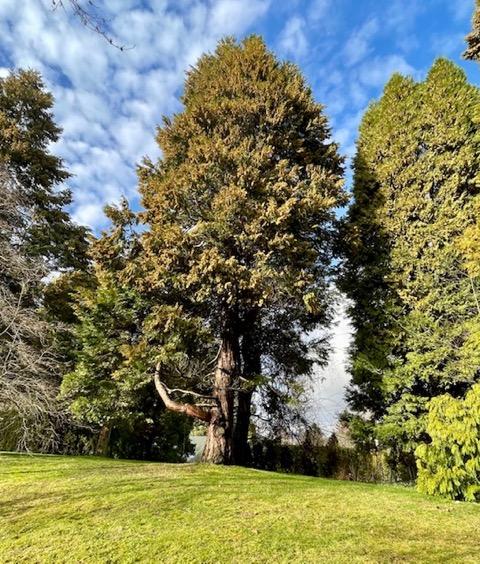
Calocedrus decurrens
CA$0.00
CA$0.00
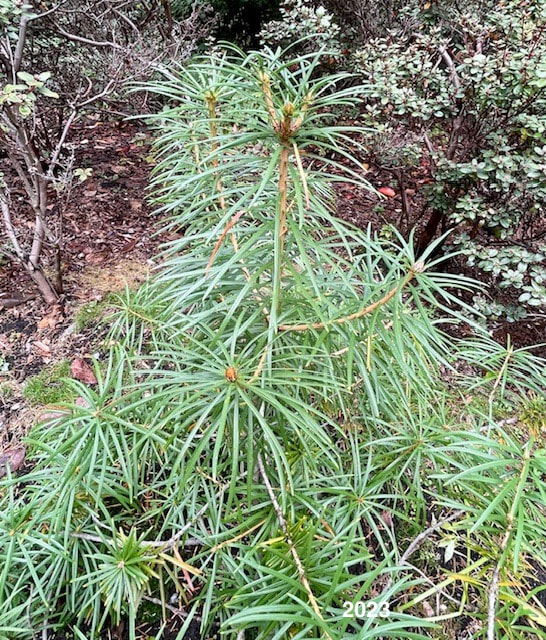
Cathaya argyrophylla
CA$0.00
CA$0.00
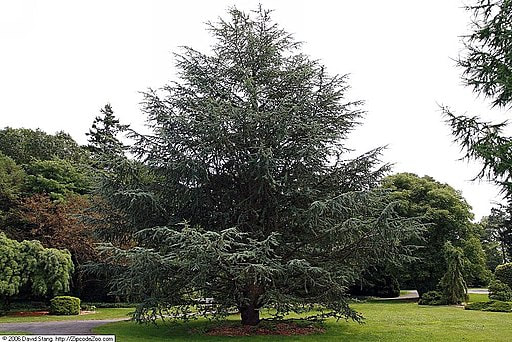
Cedrus atlantica
CA$0.00
CA$0.00
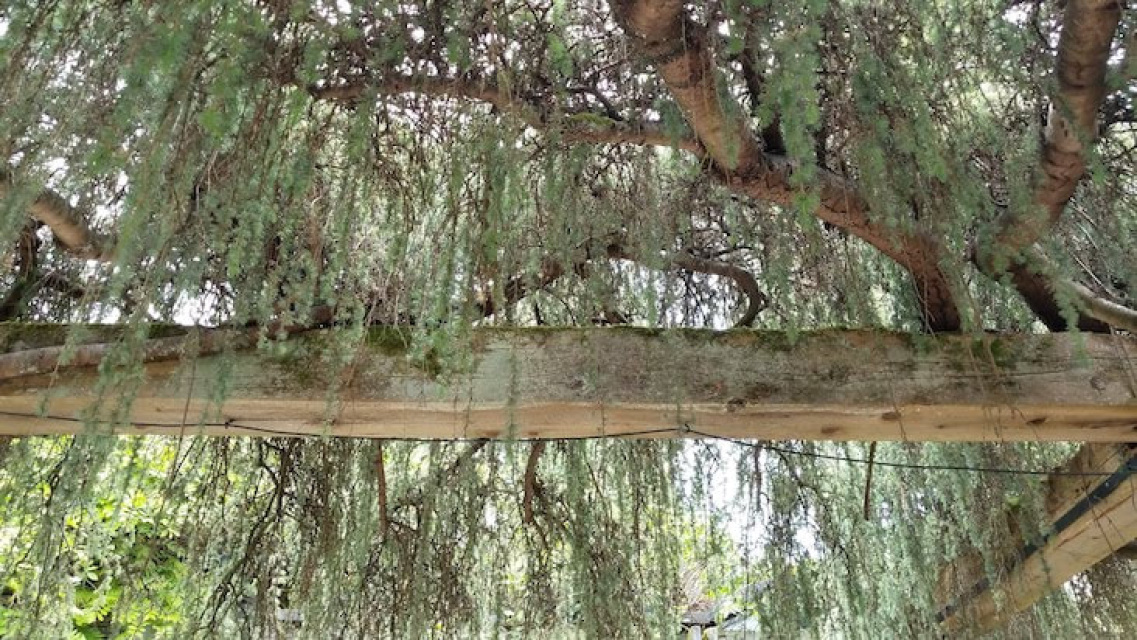
Cedrus atlantica 'Glauca Pendula'
CA$0.00
CA$0.00
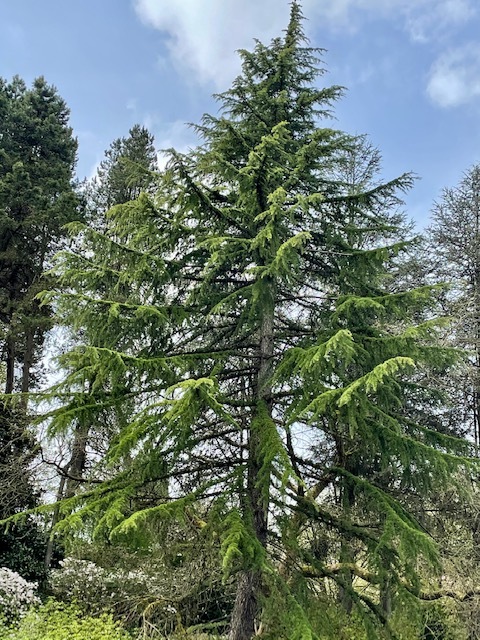
Cedrus brevifolia
CA$0.00
CA$0.00
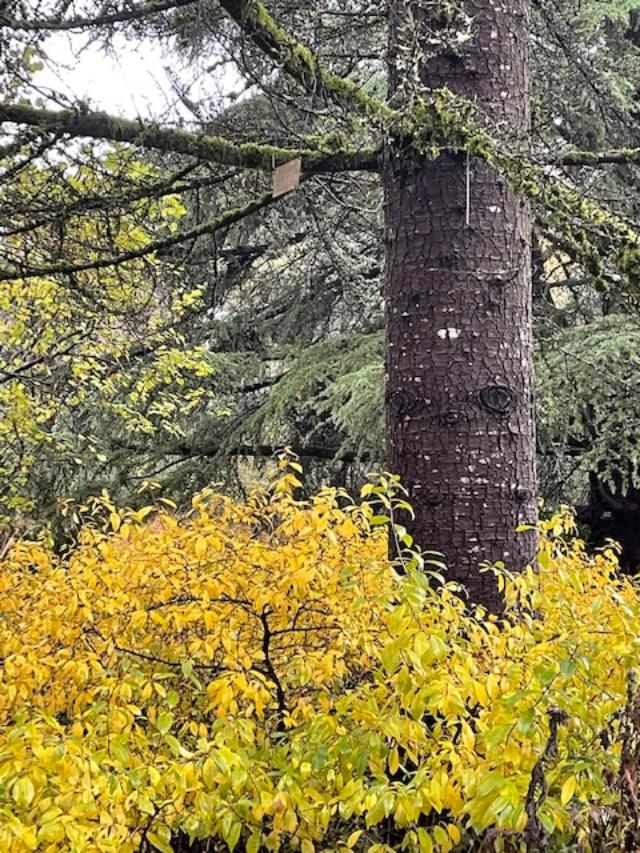
Cedrus brevifolia 'Trevoron'
CA$0.00
CA$0.00
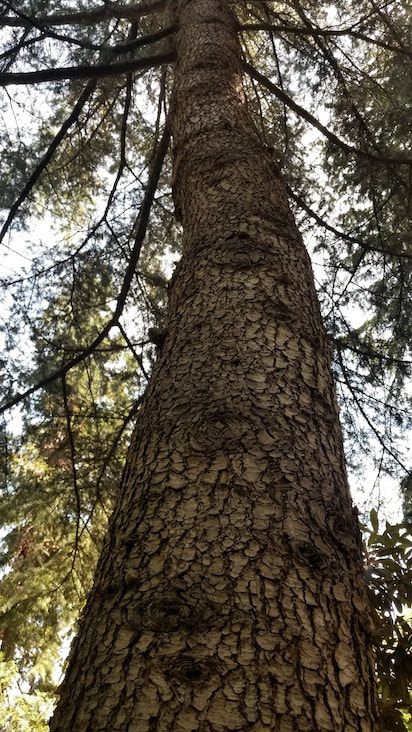
Cedrus deodara
CA$0.00
CA$0.00

Cedrus libani
CA$0.00
CA$0.00

Chamaecyparis obtusa
CA$0.00
CA$0.00

Chamaecyparis pisifera and C. pisifera ‘Plumosa Aurea’
CA$0.00
CA$0.00
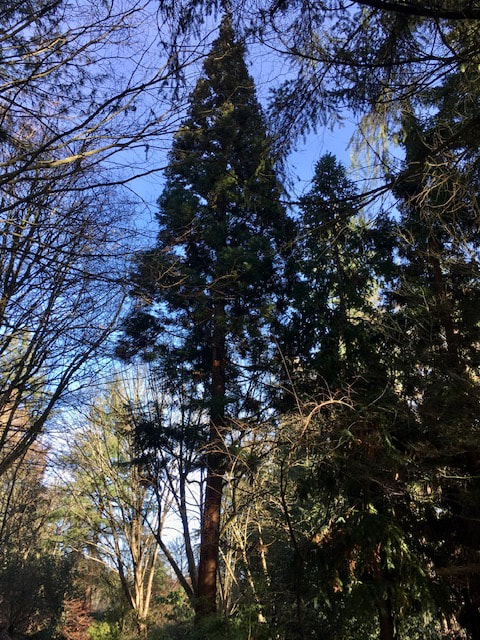
Cryptomeria japonica
CA$0.00
CA$0.00
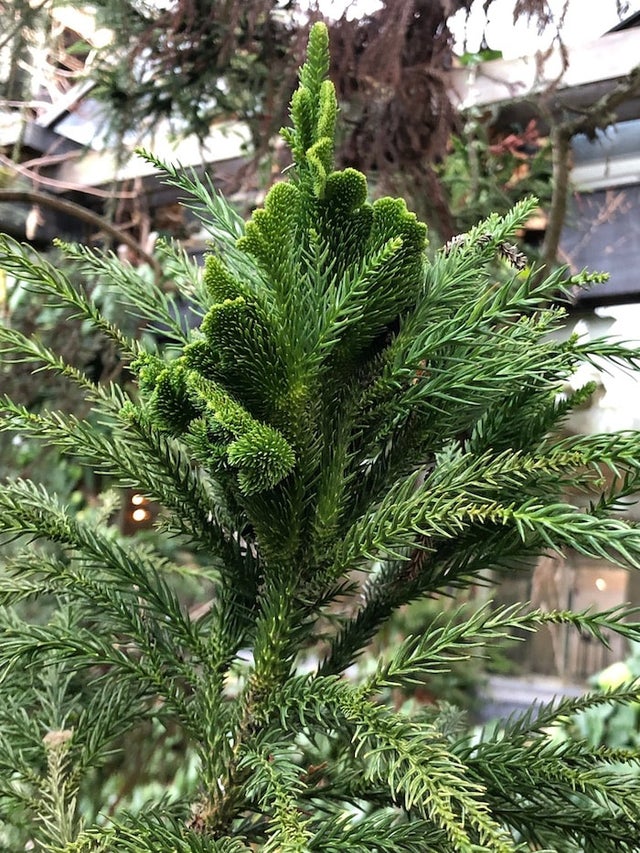
Cryptomeria japonica 'Cristata'
CA$0.00
CA$0.00
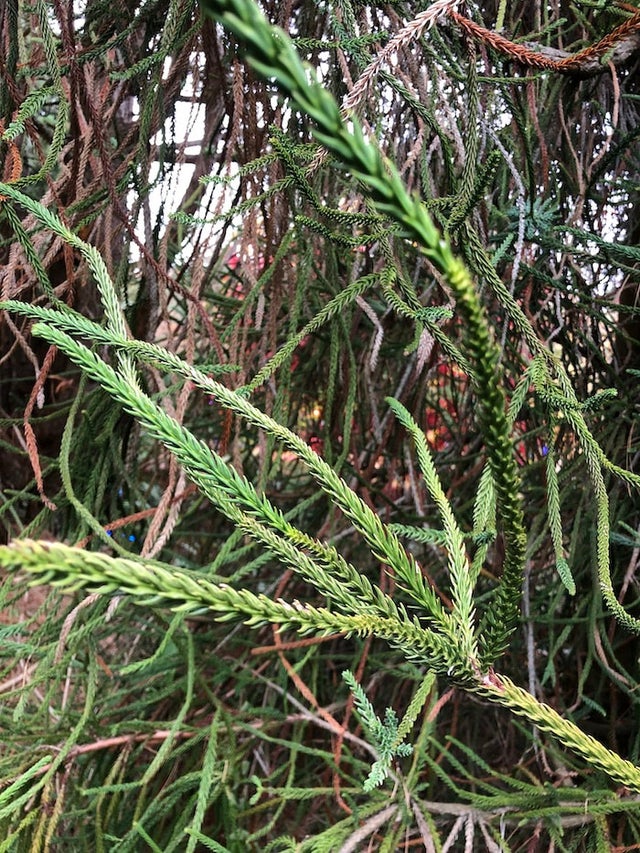
Cryptomeria japonica Araucariodes Group
CA$0.00
CA$0.00
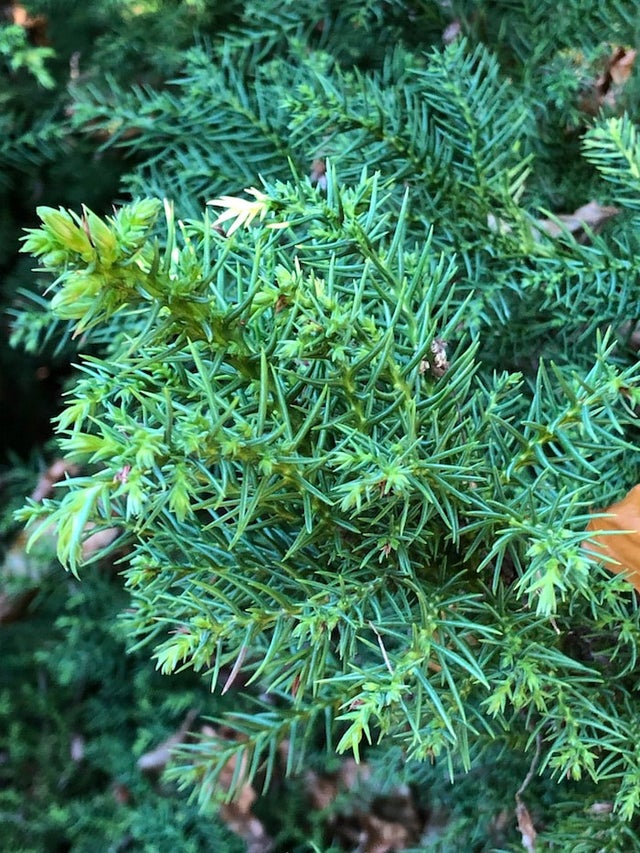
Cryptomeria japonica 'Pygmaea'
CA$0.00
CA$0.00
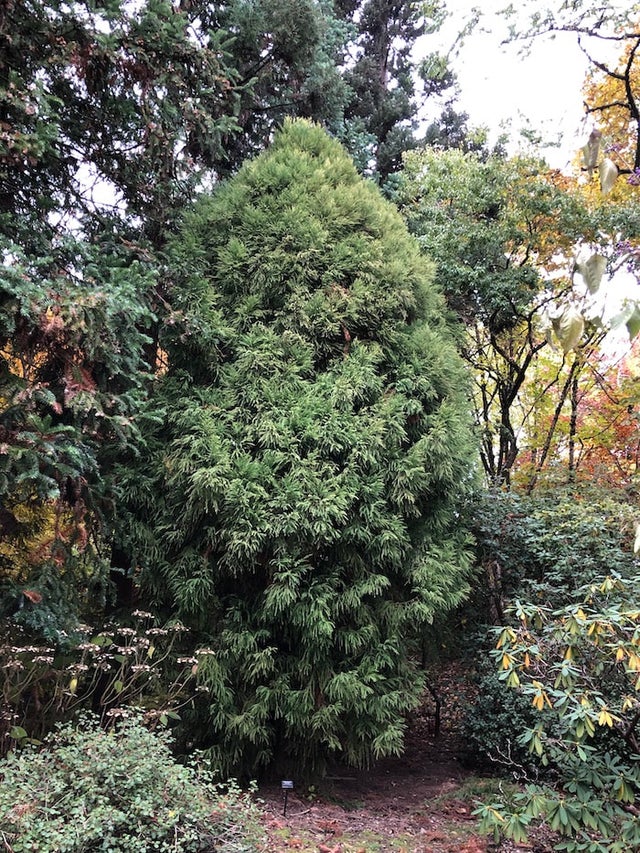
Cryptomeria japonica 'Sekkan-sugi'
CA$0.00
CA$0.00
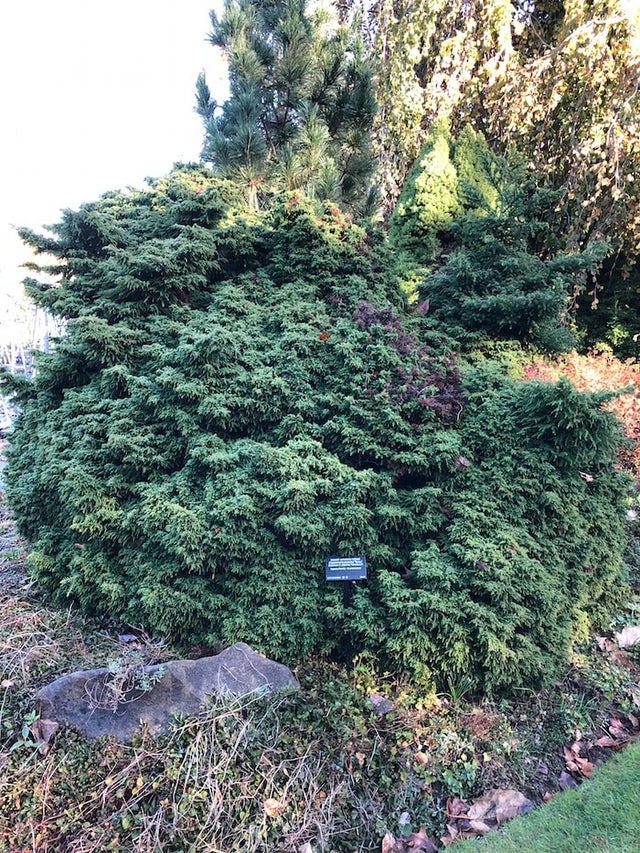
Cryptomeria japonica 'Tansu'
CA$0.00
CA$0.00
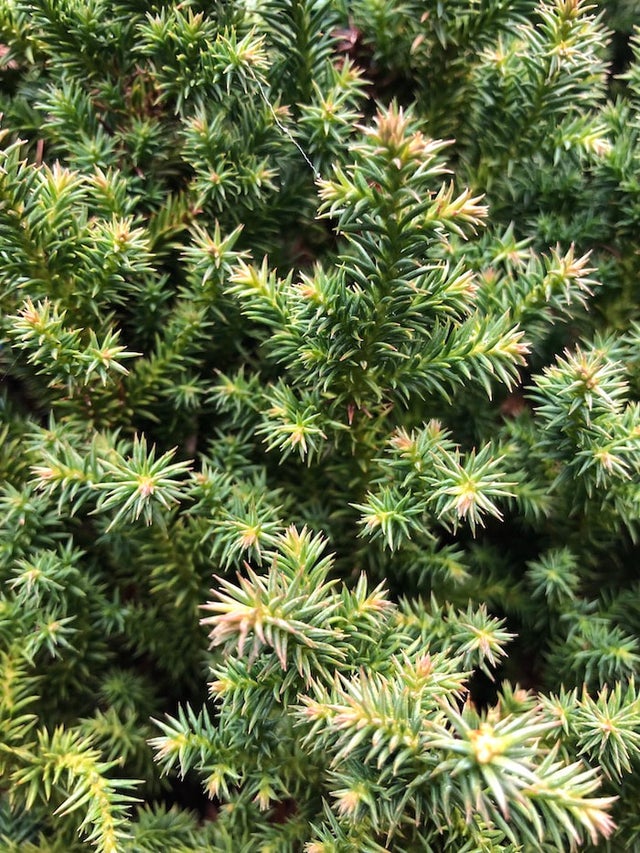
Cryptomeria japonica 'Vilmoriniana'
CA$0.00
CA$0.00
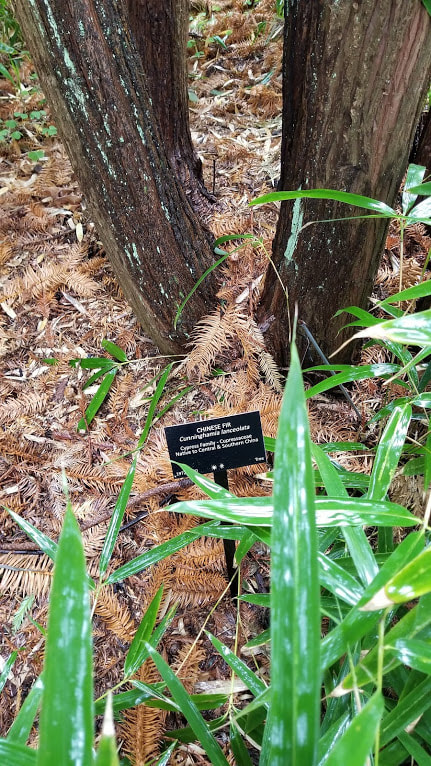
Cunninghamia lanceolata & C. lanceolata 'Glauca'
CA$0.00
CA$0.00
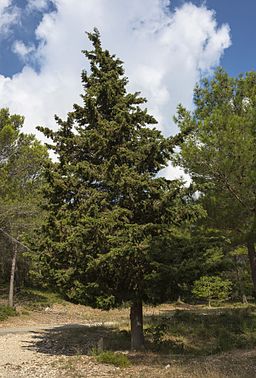
Cupressus sempervirens
CA$0.00
CA$0.00
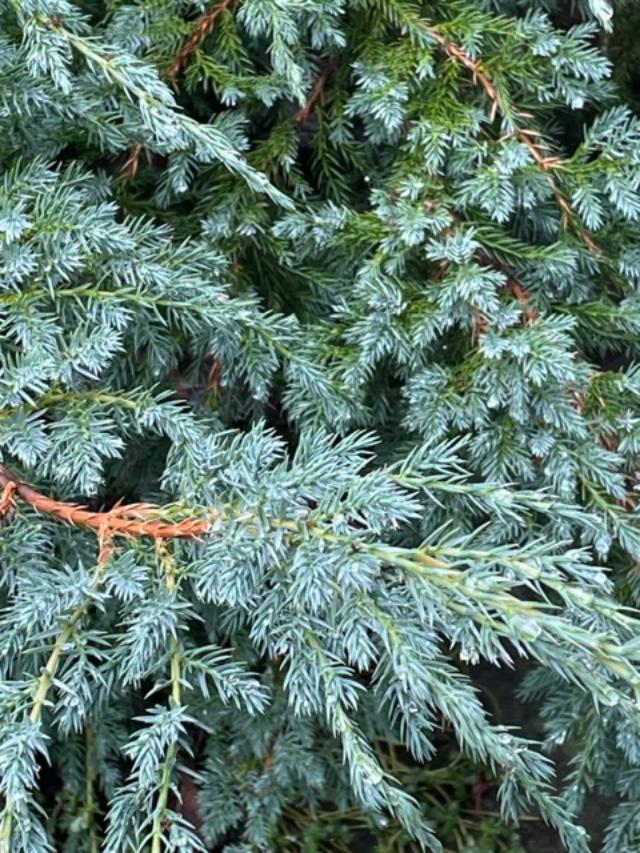
Juniperus communis ‘Hornibrookii'
CA$0.00
CA$0.00
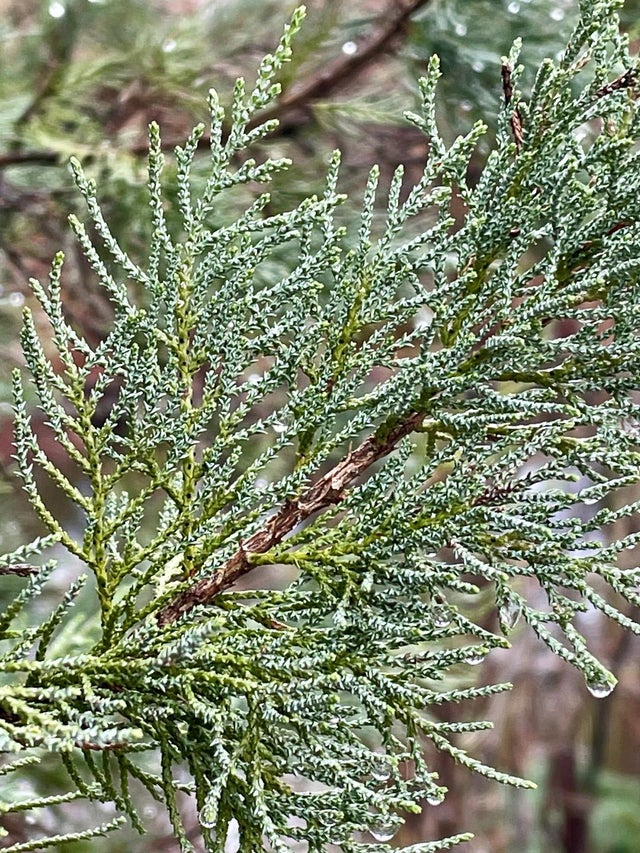
Juniperus phoenicia
CA$0.00
CA$0.00
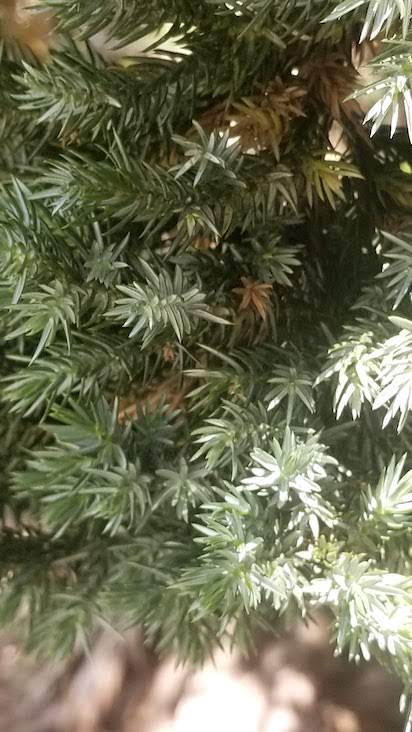
Juniperus squamata 'Meyeri'
CA$0.00
CA$0.00

Larix kaempferi 'Blue Dwarf'
CA$0.00
CA$0.00
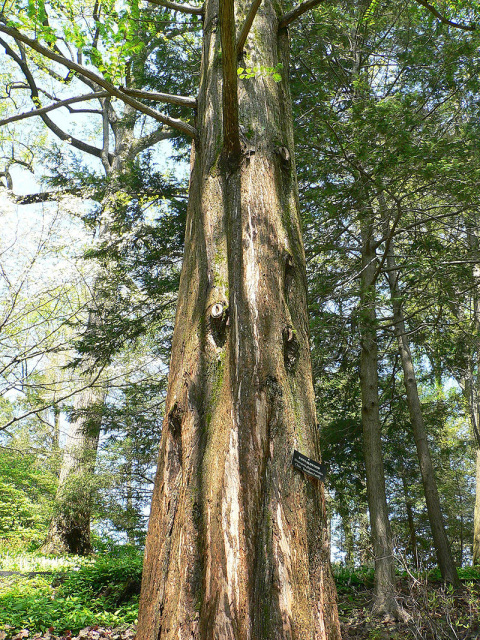
Metasequoia glyptostroboides
CA$0.00
CA$0.00
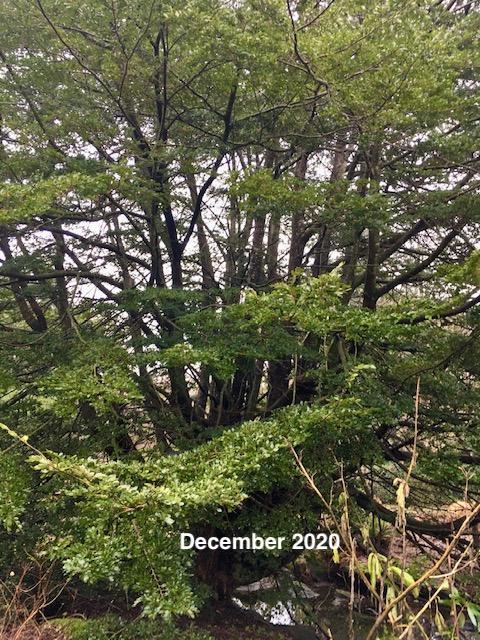
Nothofagus dombeyi
CA$0.00
CA$0.00
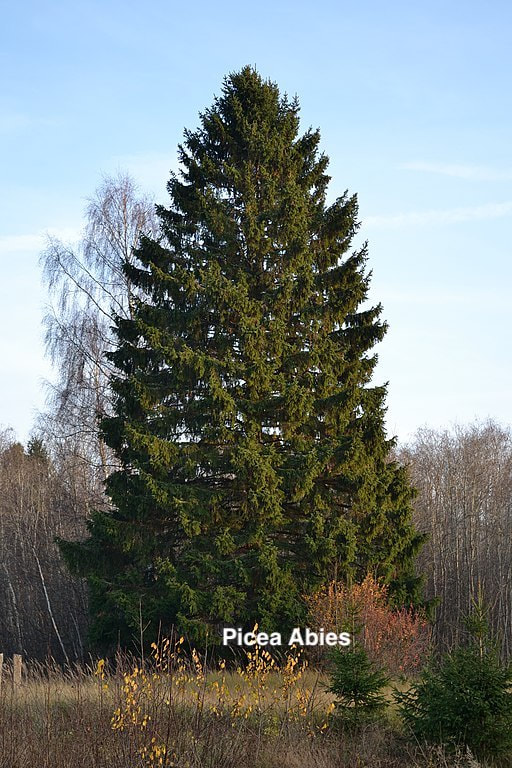
Picea abies & cultivars
CA$0.00
CA$0.00
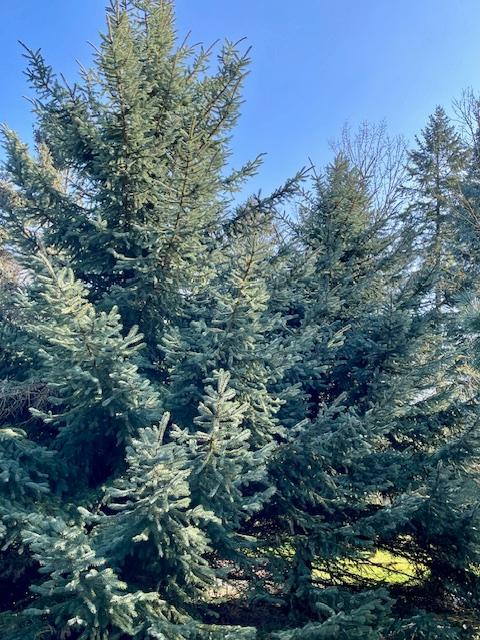
Picea chihuahuana
CA$0.00
CA$0.00
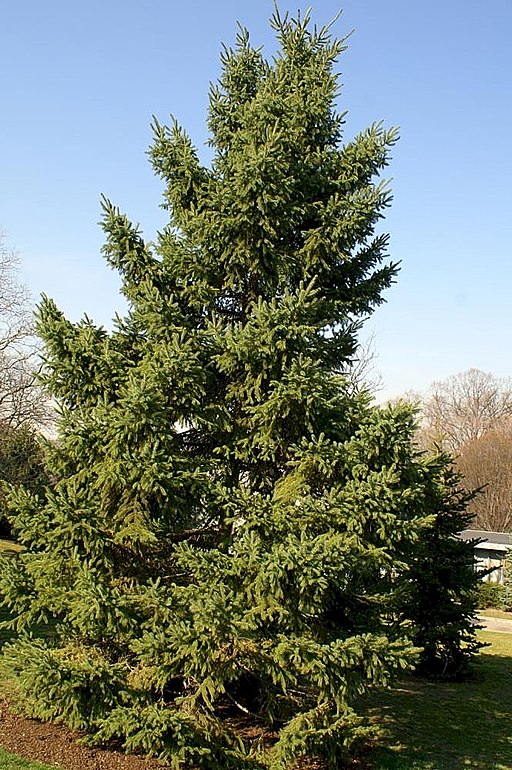
Picea glauca
CA$0.00
CA$0.00
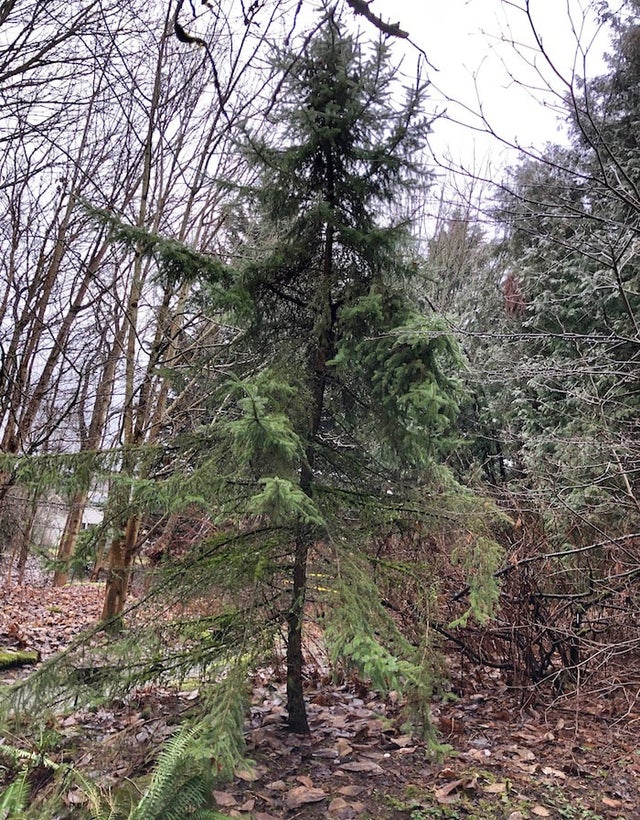
Picea mariana
CA$0.00
CA$0.00

Picea omorika
CA$0.00
CA$0.00
Proudly powered by Weebly